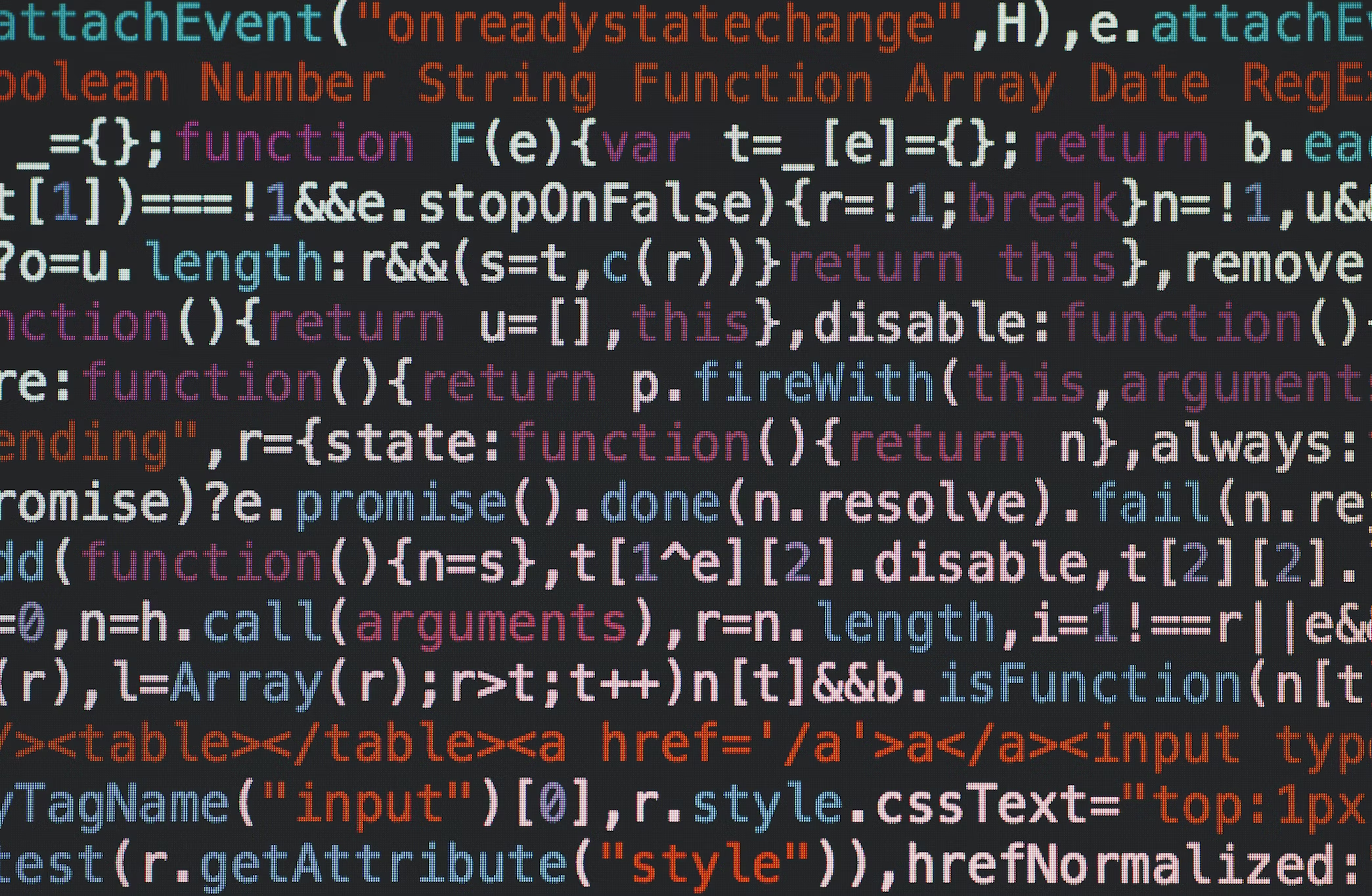In the realm of WordPress development and software engineering in general, adhering to coding standards and conventions is a vital aspect of creating high-quality, maintainable, and efficient code.

These standards and conventions serve as a set of guidelines that govern how code should be written, formatted, and organized. While they may seem trivial to some, they play a crucial role in enhancing code readability, collaboration, scalability, and long-term software maintainability. In this blog post, we will explore the significance of following coding standards and conventions and how they positively impact software development projects
Code Readability and Understandability
Consistent coding standards and conventions greatly enhance code readability. When developers adhere to a set of agreed-upon guidelines, it becomes easier for everyone involved in a project to understand the codebase. Uniformity in naming conventions, indentation, and commenting allows developers to quickly grasp the code’s purpose and logic, even when working with unfamiliar portions of the codebase. Clean, readable code reduces the chance of misinterpretation and makes debugging and maintaining the software much more efficient.
Collaboration and Teamwork
In software development, teamwork and collaboration are essential for successful project outcomes. By following coding standards and conventions, developers establish a shared language and understanding within a team. When multiple developers are working on the same codebase, adhering to consistent standards ensures that code integration is seamless.
It minimizes conflicts and allows team members to contribute more effectively by understanding and reviewing each other’s code. Furthermore, adherence to conventions enables smoother onboarding for new team members, as they can quickly acclimate themselves to the project’s codebase.
Code Consistency and Maintainability
Coding standards and conventions promote code consistency throughout a project. When every developer follows the same practices, the codebase maintains a unified appearance and structure. Consistency simplifies maintenance tasks, such as debugging, refactoring, and adding new features. With a predictable and standardized codebase, developers can easily locate and modify code sections, ensuring that the software remains maintainable in the long run. Updates and bug fixes become more manageable, reducing the chances of introducing new issues into the system.
Scalability and Extensibility
Following coding standards and conventions also enhances the scalability and extensibility of software projects. Consistent naming conventions, modular code structure, and standardized formatting enable easier integration of new functionality and components. As the codebase expands, adhering to conventions ensures that the system remains organized and easy to manage. It allows for efficient code reuse, as developers can quickly understand and adapt existing code for new requirements. The scalability of a project heavily relies on maintaining clean, well-structured code that aligns with established standards.
Quality and Efficiency
Coding standards and conventions contribute to the overall quality and efficiency of software development. Consistently following best practices reduces the likelihood of introducing errors, improves code maintainability, and facilitates code reviews and automated testing processes. By adhering to established guidelines, developers can catch potential issues early on and write code that is more robust, performant, and secure. Additionally, adherence to coding standards promotes the use of design patterns and architectural principles, leading to more efficient code implementation.
Conclusion
In the world of software engineering, following coding standards and conventions is far from an arbitrary practice. It is a fundamental aspect of creating high-quality, maintainable, and scalable software. By prioritizing code readability, fostering collaboration, ensuring consistency, and promoting efficiency, coding standards and conventions lay the foundation for successful software development projects. Investing time and effort into establishing and adhering to these guidelines ultimately leads to more manageable codebases, faster development cycles, and better software products.
P.S. The WordPress coding standards can be found here.
